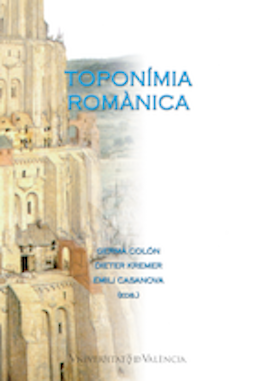Etymological strata reflected in Romanian hydronymy
DOI:
https://doi.org/10.7203/qfilologia.20.7521 Abstract
Abstract
This paper aims at illustrating with hydronymic material the language contacts that the Romanians have had with various peoples since olden days until today. The aspect and constitutive elements of hydronyms reveal the existence of several levels of influences: autochthonous (Thraco-Dacian), Latin inheritance, Slavic, other origins and internal creations.
In comparison with the situation of hydronymy in other Romance languages – French, Spanish and Italian –, no major differences could be noted. This proves the stability of the Romanian language in an area isolated from the rest of the Romance world. The preservation of river names from Antiquity until today is one of the most solid arguments in demonstrating the continuity of the Daco-Romanians on the territory of ancient Dacia.
Keywords: Romanian hydronymy; majory hydronyms; minor hydronyms; etymology; language history.
 Downloads
Downloads
Downloads
Published
How to Cite
-
Abstract1372
-
PDF (Español)10732
Issue
Section
License
 Este obra está bajo una licencia de Creative Commons Reconocimiento-NoComercial-SinObraDerivada 4.0 Internacional.
Este obra está bajo una licencia de Creative Commons Reconocimiento-NoComercial-SinObraDerivada 4.0 Internacional.
Authors who publish with this journal agree to the following terms:
- Authors retain copyright and grant the journal right of first publication with the work simultaneously licensed under a Creative Commons Attribution License that allows others to share the work with an acknowledgement of the work's authorship and initial publication in this journal.
- Authors are able to enter into separate, additional contractual arrangements for the non-exclusive distribution of the journal's published version of the work (e.g., post it to an institutional repository or publish it in a book), with an acknowledgement of its initial publication in this journal.
- Authors are permitted and encouraged to post their work online (e.g., in institutional repositories or on their website) prior to and during the submission process, as it can lead to productive exchanges, as well as earlier and greater citation of published work (See The Effect of Open Access).




